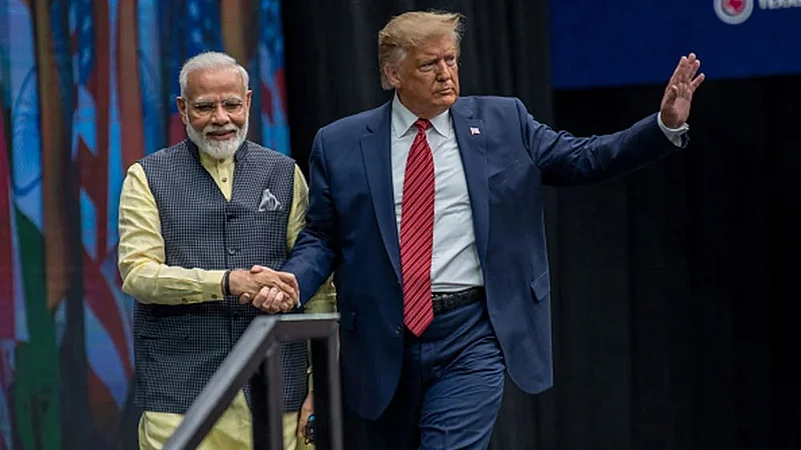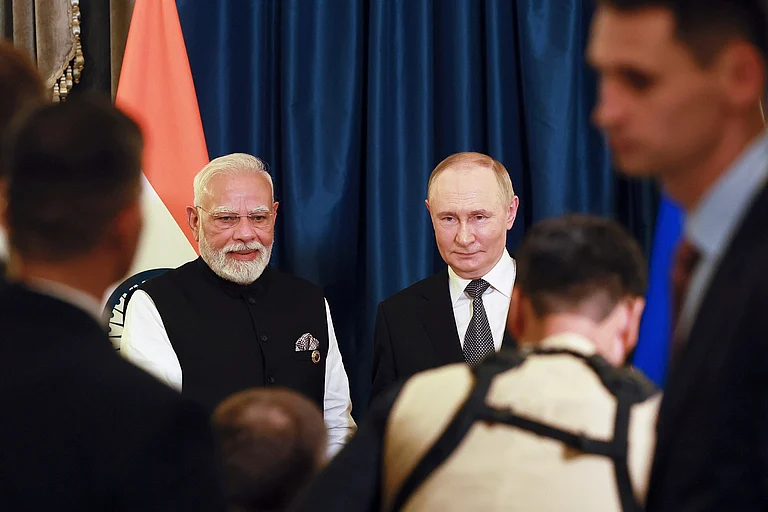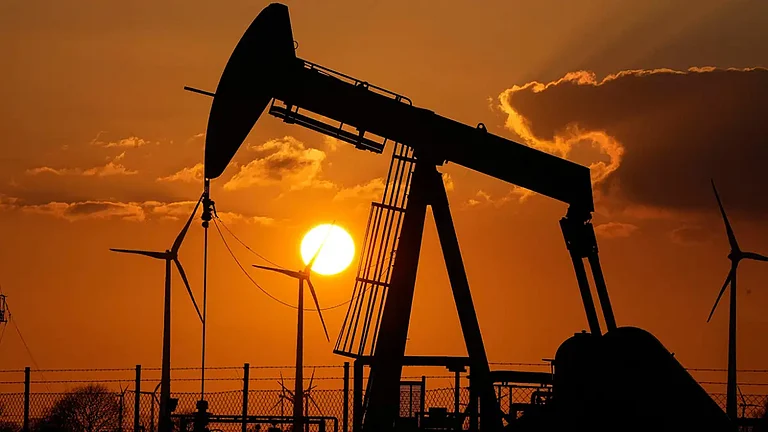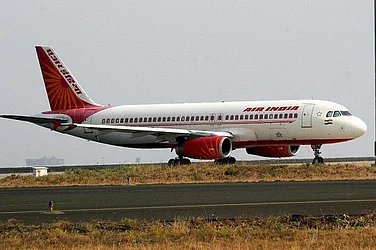
S Jaishankar, a career diplomat, is adept at the language of international diplomacy despite challenges in the role.
India became Washington’s new ally as the global war on terror began after the 9/11 attacks in 2001.
Now, the US expects India to fall in line with US-led democracies against Putin’s Russia.
The success of the Bharatiya Janata Party (BJP) government on the foreign policy front was something of an unexpected outcome from a regime whose strength was perceived to lie in a strong nationalist appeal at home. The image circulated and reinforced is that Prime Minister Narendra Modi straddles Colossus-like the firmament of global power politics, taking in his stride meetings with powerful leaders like US President Donald Trump and former Presidents Barack Obama and Joe Biden, and Chinese President Xi Jinping. Back in 2015, when Obama was President and visiting India as chief guest at the Republic Day parade, Modi, breaking with diplomatic protocol, kept referring to him with the faux familiarity of his first name ‘Barack’, while Obama maintained a formal diplomatic and slightly aloof ‘Mr Prime Minister’ in return.
Unlike many right-wing populist leaders, Modi has been careful with his international statements, taking pains to convey a tone of measured sobriety. For instance, his statement in the year of the Russian invasion of Ukraine, that this was ‘not a time for war’, was seen as an instance of a calm elder statesman pontificating on the state of the world. This contrasts with more strident pronouncements on the home front when he suggested back in 2019 that those protesting on the streets against the Citizenship Amendment Act (CAA) could be identified by their clothes, thereby insinuating their religious identity.
One component of the supposed success on the foreign policy front has to do with the frequency of Modi’s travels abroad where he has conveyed a sense of purpose in projecting India on the global stage. A large part of the projection of success has to do with the personality of Foreign Minister, S. Jaishankar, a career diplomat who can deftly speak the language of international diplomacy, while also having the ability to convey some of the more idiosyncratic policy elements of the Modi regime. When Jaishankar was asked about India’s position on the Russian invasion of Ukraine at the Globsec 2022 forum in Slovakia, he retorted that Europe must stop thinking of its problems as the world’s problems. This was not a bad takedown of European superciliousness, almost ‘provincialising Europe’, cutting it down to size in language drawn from the respectability of academic post-colonial theory, that Europe was not the world.
Three Disparate Elements of Modi’s Foreign Policy that Grate Against Each Other
The BJP regime’s foreign policy successes have come unstuck with Trump’s intemperate announcement of tariffs amounting to 50 per cent. India’s purchasing of cheap Russian oil was cited as one of the reasons for the move. The intemperance of the move may have to do with Trump being miffed at official Indian responses contradicting his claim that he brought about a ceasefire between India and Pakistan this year in May, or that India has not supported his nomination for a Nobel Peace Prize in the way Pakistan has. Personalities and egos aside, there is an in-built fragility in the very design of the BJP regime’s foreign policy. The projected successes on the foreign policy stage consist of three disparate elements that now grate against each other. The first is a growing proximity towards, and alignment with the US. The second is a revival of traditionally warm ties with Russia in the immediate aftermath of the Russian military operations against Ukraine beginning February 2022. The third is India’s claim to leadership of the Global South and membership of BRICS. The first of these elements continued for the longest period, beginning with Modi’s advent as PM in 2014 that coincided with the last two years of the Obama presidency, the first Trump presidency and the first year of the Biden presidency.
United States President Donald Trump has walked the line of punishing India, a line the Biden administration did not step on.
There is a long backstory to the growing proximity to the US when one considers how the 1998 Pokhran nuclear tests conducted by India led to US-imposed sanctions, a trend reversed when India became Washington’s new ally as the global war on terror began after the 9/11 attacks in 2001. India continued being Washington’s friend even as the Atal Bihari Vajpayee government lost the 2004 elections and was succeeded by the Manmohan Singh-led United Progressive Alliance (UPA) government that concluded the civil nuclear agreement with the US in 2008.
The first Trump term reinforced this increasing alignment between the US and India with Modi in the prime ministerial post. The incoming Democratic Biden administration put the brakes on this bonhomie which Modi had gone to great efforts to announce, especially with his ‘Howdy Modi’ event in Houston, Texas, in September 2019 where he famously proclaimed to a packed audience, “Abki baar, Trump sarkar”. The statement became a diplomatic liability as it sounded like an endorsement of Trump’s presidential re-election bid for 2020. The brakes on this bonhomie were applied even harder when the Biden administration expected India to side with the West in its condemnation of Vladimir Putin’s Russia for military actions in Ukraine. India demurred and instead began importing Russian oil at discounted rates. This signalled the onset of the second of the three elements outlined above, with Modi’s foreign policy reviving the familiar glow of warm ties with Russia, harking back to the frosty cold war days.
Between the US expectation that India fall in line with US-led democracies against the autocracy of Putin’s Russia and India’s favourable tilt towards Putin’s Russia, when India abstained in early April 2022 on a UN General Assembly vote to suspend Russia from the 47-member Human Rights Council, votaries of Modi’s foreign policy thought a strategic sweet spot in the form of buying cheap Russian oil had been found. Three years later, the announcement of Trump’s tariffs has come as a punishment for buying Russian oil. A New York Times article by Mujib Mashal and Hari Kumar (August 8, 2025) called the announcement of the tariffs ‘the very public humiliation of Mr Modi by Mr Trump’.
Trump has walked the line of punishing India, a line the Biden administration did not step on. The US Deputy National Security Adviser for International Economics, Daleep Singh, visiting India in late March 2022 had said that the US would not set any ‘red line’ for India on the issue of cheap Russian oil imports, while suggesting rather firmly that the US did not want to see a ‘rapid acceleration’. Jaishankar responded with the characteristic diplomatic terseness that has made him a favourite of the Indian middle classes who support the Modi regime, when he quipped: “Probably, our total purchases for the month would be less than what Europe does in an afternoon.”
The impact of Trump’s tariffs is likely to be wide ranging, hitting numerous Indian Micro Small and Medium Enterprises (MSMEs) in foundries manufacturing steel and aluminum parts to diamond cutting units in Surat, exporting to the US market. Yet, the response of the Indian government has been one of defiance. Modi has called up Brazilian President Lula da Silva and is due to visit China in late August for the Shanghai Cooperation Organisation summit. The defiant response brings out the third component of Modi’s foreign policy, which is to emphasise India as a leading part of the Global South, especially the membership of BRICS.
The Right Side of History
This Global South identification grates against the first component of proximity with the US. Indian foreign policy under Modi has become an outlier in terms of the extent of solidarity shown towards Palestine in general by the Global South and by BRICS members Brazil and South Africa in particular. The BJP regime’s recourse to this third component of staking claim to membership and leadership of the Global South is jeopardised by India’s lack of strong disapproval of Israeli actions. Among the generally muted response of Indian politicians to the ongoing genocide in Gaza, Congress MP Priyanka Gandhi stood out by speaking against Israel’s recent killing of four Al Jazeera journalists.
Modi’s foreign policy, after years of claiming great success, especially through the ‘bromance’ with Donald Trump, now seems adrift. Extravagant claims about India’s impending greatness in the world have been made by ensuring the soothing distant drumbeat of success abroad, that resonates in the remotest dusty corners of Indian streets. Yet, there appears to be an inability to identify those moments when turbulent transformations of the global order raise the imperative of being on the right side of history. Everyone from Israeli PM Benjamin Netanyahu who justifies his military actions in Gaza to annihilate Hamas, to those opposing Israeli actions on US university campuses, claim they are on the right side. The crafters of Modi’s foreign policy should think about this, especially in terms of the legacy they will leave behind. The best way to find the right side of history is to remember that it tends to be the side of the bread that is not buttered and laid on thick with the flattery of power.
(Views expressed are personal)
MORE FROM THIS ISSUE
Amir Ali teaches at the Centre for Political Studies, JNU, New Delhi

































